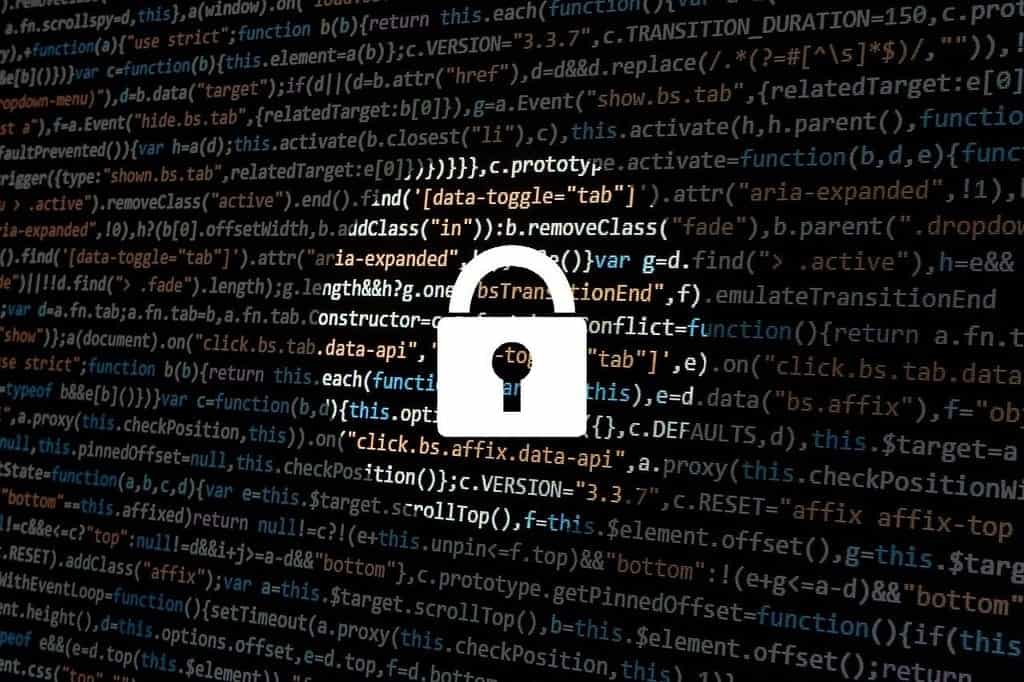Known as an advanced form of cyberattack, ransomware has the power to extort money from companies by taking over their computers or networks. To put it simply, attackers will freeze out users from their computers until they pay a sum. This security threat can cripple organizations and companies for hours, days, or weeks and cause bigger problems than data breaches.
Companies and security teams attacked by ransomware can lose their business and reputation in their particular industry. There wouldn’t be a customer or client who will trust their data and transactions to a business open to cyberattacks. This blog post will discuss more about ransomware attacks and how companies can protect themselves from these disastrous security threats.
Establish staff awareness
One vital aspect of preventing ransomware attacks is building proper staff awareness. They must know the roles they play in protecting the company from these attacks. Organizing regular security awareness training for your employees will be helpful. The training should involve recognizing signs of phishing attacks, setting strong passwords, safely installing or downloading applications, keeping the credentials secure, and verifying website and software legitimacy.
Aside from these practices, you people should know how to identify and report suspicious links and activities. It should also contain phishing simulation technologies wherein you can create customized phishing emails, send them to your staff, and test if they can detect them. This is an easy yet effective way to determine who needs more training for ransomware prevention.
Minimize the attack surface
Next, you need to reduce the attack surface. Establishing staff awareness is one, but there are tons of vital aspects to focus on. You need to have full visibility on every traffic on your network, from user behavior, threats, to applications. This is the only sure-fire way for you to take appropriate actions. Do you need to only enable applications with valid business purposes? Or, what traffic will you need to block? To put these into action, user-based and application-based policies should be implemented. You can easily cut off ransomware attacks with the right policies and great visibility. A perfect example of minimizing the attack surface is blocking every potentially dangerous or malicious file type.

Invest in data backups
Organizations that rely their operations on certain data is a hot target for ransomware attacks. Some might even believe that paying for the ransom makes sense; they can regain access to their data. But it doesn’t need to go that far. You can prevent yourself from paying a ransom by regularly backing up your crucial data.
Backing up business data will give you peace of mind that you can restore your files whenever necessary, especially during ransomware attacks. You have the option to perform the backups using a hardware device or a cloud storage solution offered by reliable security companies. Choose one based on your needs and your budget. Nevertheless, a cloud data backup is a better and more practical option, as it is ideal for data recovery during a natural disaster.
Use web filtering solutions
Web filtering is primarily used for blocking malicious files and stopping users from accessing potentially dangerous websites. This offers extra protection for your network when using the Internet. It readily blocks viruses like Trojan horse that can cause ransomware from being downloaded even using a disguise as a legitimate corporate system.
This is a perfect solution to prevent your employees from visiting unknown domains and stopping ransomware downloads. Find a reputable company that offers DNS-based web filtering to guarantee a stronger security posture or network security. Other known advantages web filtering solutions offer are improved workplace productivity, faster connection, and controlled company liability.
Perform regular assessments
Conducting a security test regularly is essential for checking for network vulnerabilities. For example, misconfigured systems can be a backdoor for ransomware attacks. For this, you’ll likely need to ensure your authentication mechanism is functioning well and not causing flaws in the access privileges. You can detect these kinds of security issues right away by conducting a vulnerability assessment. Or you can invest in a penetration test performed by security professionals if you prefer to have stricter testing.
It’s important to understand that as data and network security technologies become more advanced, so are the cyberattacks. Don’t let your corporate data become an easy target for the hackers, and stop those attacks from causing harm to your business. We highly recommended seeking the help of other security companies to build you a better security strategy.